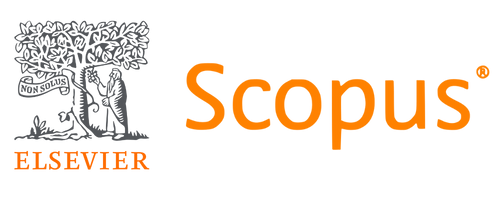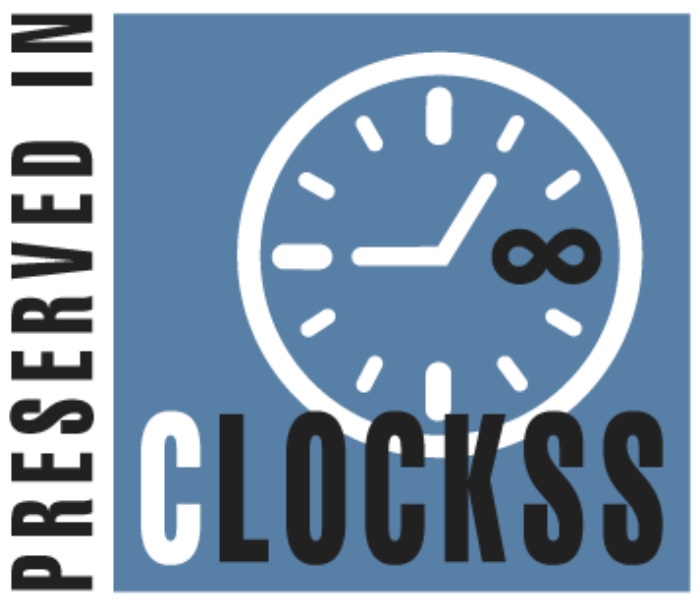ACCUMULATION OF SOME HEAVY METALS IN LARVAE OF CONTRACAECUM SP. AND THEIR HOST TIGRIS CATFISH SILURUS TRIOSTEGUS HECKEL, 1843 IN BAGHDAD, IRAQ
DOI:
https://doi.org/10.26842/binhm.7.2021.16.4.0623Keywords:
Accumulation, Contracaecum, Heavy metals, Iraq, Silurus triostegus.Abstract
This study was achieved to investigate the accumulation of some heavy metals included: Cadmium, Lead and Nickel in the tissues (gill, intestine, liver, muscles and skin) of Silurus triostegus Heckel, 1843 (Siluriformes, Siluridae) and its larval stage of the nematode Contracaecum sp. (Rhabditida, Anisakidae). As well as to assess the infection patterns of Contracaecum among S. triostegus specimens which were purchased fresh from the local market in Baghdad. One hundred and nine nematodes specimens in larval stage were recovered from the fish host; the overall prevalence of Contracaecum sp. was 38.6%. The sex of the host was not significantly (P ˃ 0.05) associated with the infection of this nematode.
Results showed that the overall mean intensity of Contracaecum sp. was 6.41; mean intensity did not differ significantly (P ˃ 0.05) between the fish sexes.The lead (Pb) was the only element detected in all fish tissues investigated as well as in the parasite, while the cadmium and nickel elements were not detected in all specimens. Skin and muscles of the fish, as well the parasite Contracaecum sp. contained the lowest lead levels compared to other fish tissues (gill, intestine and liver), although no significant differences were noticed among all investigated tissues and the parasite regarding the concentration of Pb.
Downloads
Downloads
Published
Issue
Section
License
Copyright (c) 2021 Bulletin of the Iraq Natural History Museum (P-ISSN: 1017-8678 , E-ISSN: 2311-9799)

This work is licensed under a Creative Commons Attribution 4.0 International License.











